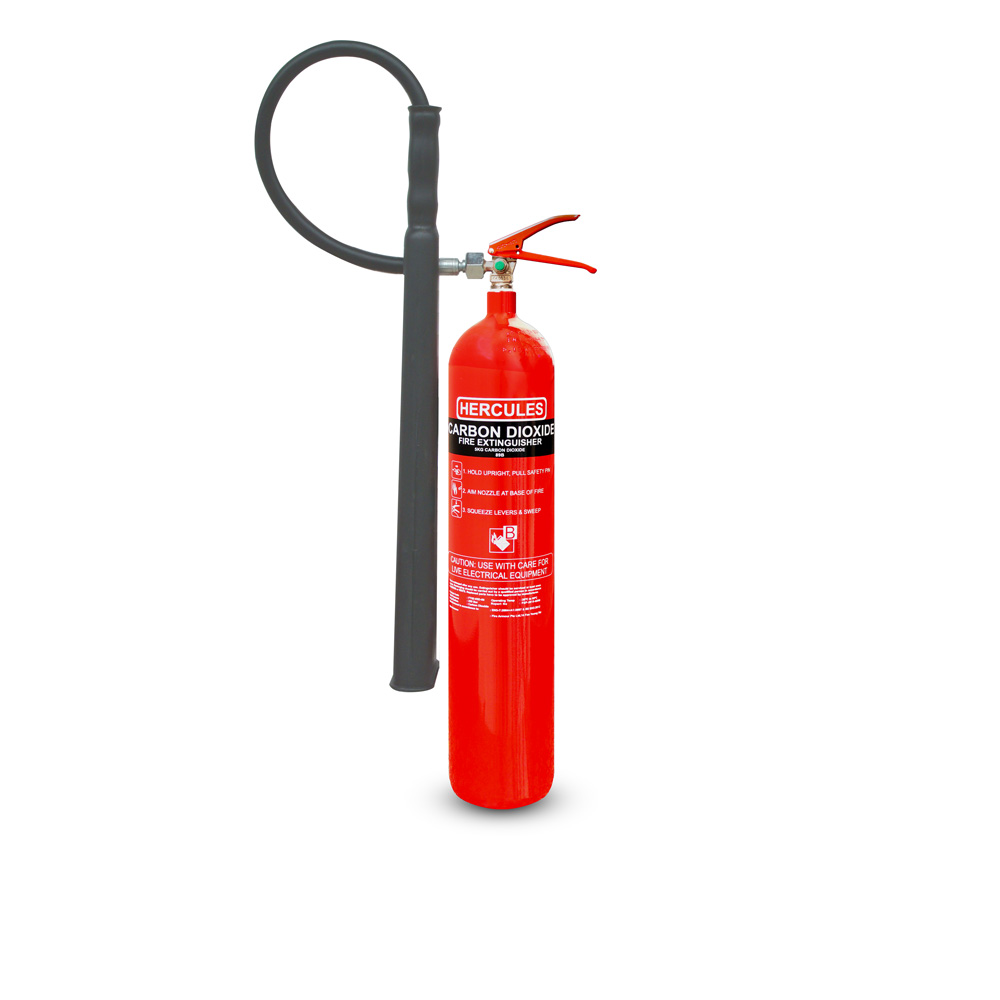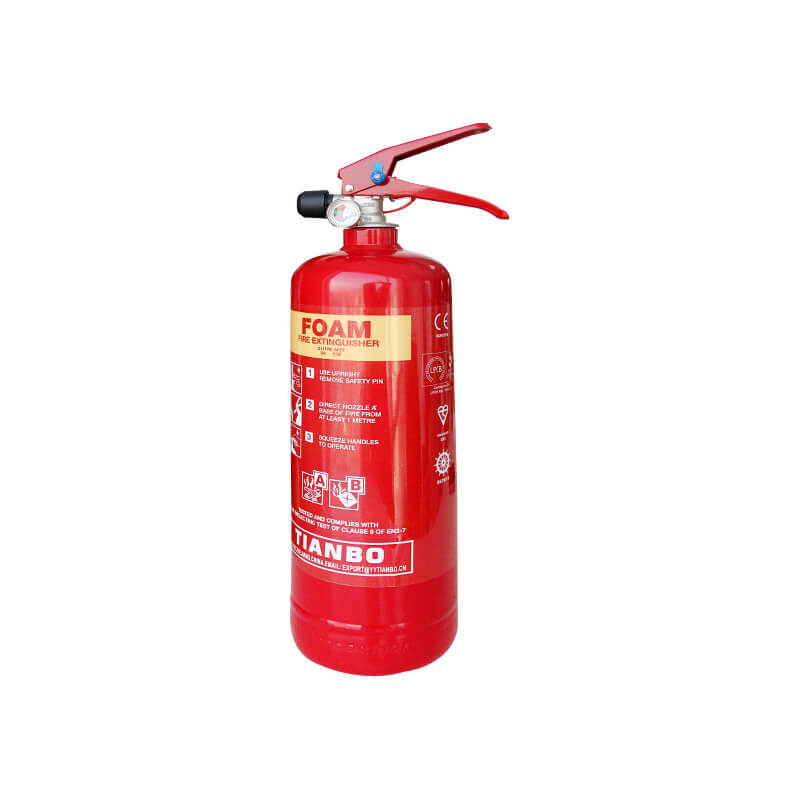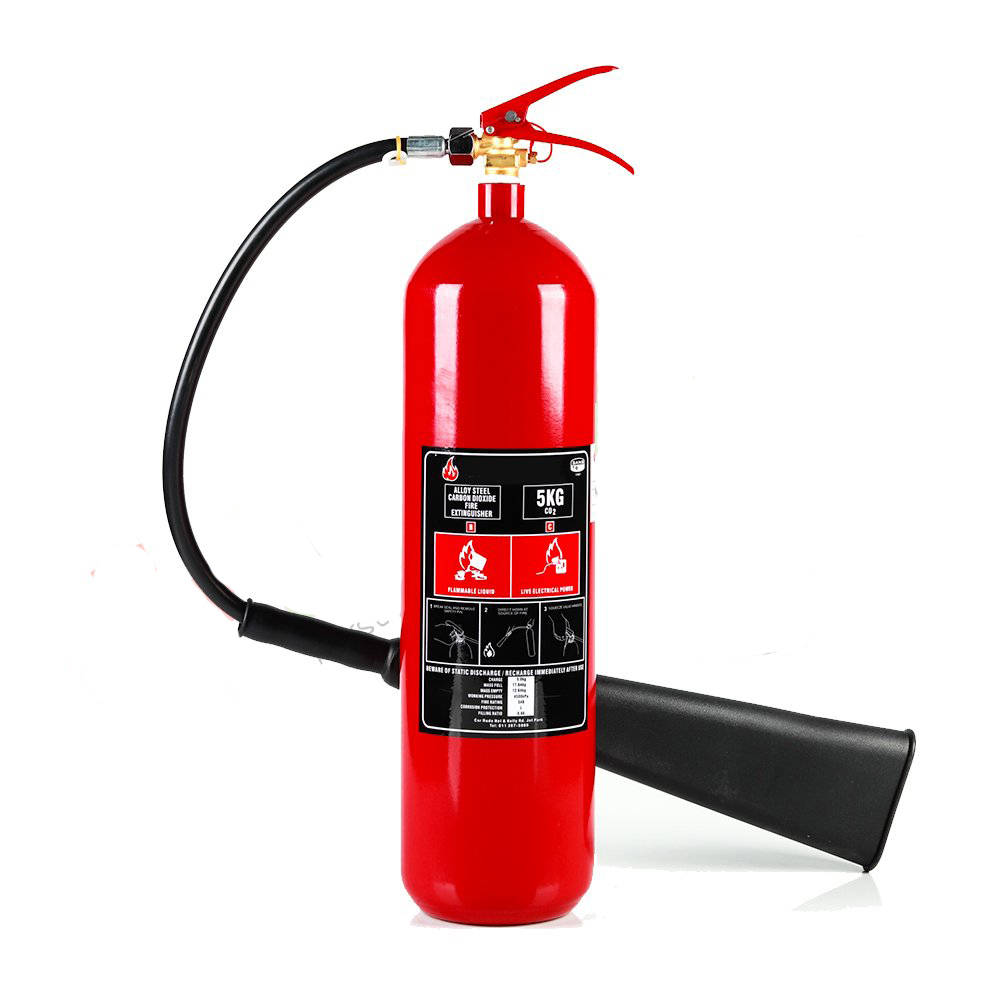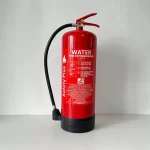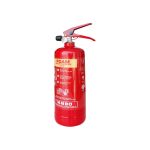I. Introduction
A. The purpose of fire extinguishers
What happens if you inhale fire extinguisher? Fire extinguishers are essential safety devices designed to control or extinguish small fires before they escalate into major emergencies. They contain specific substances that are effective in suppressing fires, such as water, foam, dry chemical, CO2, or other agents, based on the type of fire they are intended to combat.
B. Dangers of inhaling fire extinguisher chemicals
Inhaling the chemicals present in fire extinguishers can pose significant health risks. These substances are not intended for inhalation and can cause harm when exposed to the respiratory system. Understanding the potential dangers of inhaling fire extinguisher chemicals is crucial for promoting safety and preventing unnecessary health issues.
C. The potential impact on health
The potential impact on health from inhaling fire extinguisher chemicals can be severe and may vary depending on the specific substances involved. Immediate consequences may range from irritation to more serious respiratory issues, and long-term effects could lead to chronic health problems if not addressed promptly and appropriately.
II. Chemical Composition of Fire Extinguishers
A. Understanding the substances found in fire extinguishers
Fire extinguishers are crucial tools for controlling and extinguishing fires, and they contain various substances designed to combat specific types of fires. Understanding the chemical composition of fire extinguishers is essential to comprehend their potential risks and to ensure their effective use in emergency situations. Common types of fire extinguishing agents include water, foam, dry chemical, carbon dioxide (CO2), and others, each suitable for different classes of fires.
- Water and Foam Fire Extinguishers:
Water and foam are most effective for Class A fires, involving ordinary combustibles such as wood, fabric, or paper. These extinguishers work by cooling the fire and smothering it to prevent re-ignition. - Dry Chemical Fire Extinguishers:
Dry chemical agents, such as monoammonium phosphate, sodium bicarbonate, or potassium bicarbonate, are suitable for Class A, B, and C fires. These chemicals work by interrupting the chemical reaction of the fire. - Carbon Dioxide (CO2) Fire Extinguishers:
CO2 extinguishers are effective for Class B and C fires, involving flammable liquids and electrical fires. They work by displacing oxygen in the fire environment and cooling the flames.
Understanding the appropriate use of fire extinguishers for different classes of fires and the specific substances they contain is critical for correctly addressing a fire emergency and preventing unnecessary exposure to their chemicals.
B. Potential health hazards associated with inhalation
Inhalation of fire extinguisher chemicals can pose various health hazards, depending on the specific substances involved. These hazards can include respiratory irritation, coughing, chest tightness, and skin or eye irritation. Some extinguisher agents may also be toxic when inhaled, leading to more severe health complications. The potential risks of inhalation emphasize the importance of handling and using fire extinguishers with caution to prevent unintentional exposure to their chemicals.
C. The short-term and long-term effects
Short-term effects of inhaling fire extinguisher chemicals may include immediate respiratory distress, skin and eye irritation, and nausea. Prolonged exposure or inhalation of toxic substances may lead to long-term effects, such as chronic respiratory conditions, lung damage, or other systemic health issues. Understanding the potential short-term and long-term effects of inhaling fire extinguisher chemicals is crucial for promoting safety and implementing appropriate preventive measures.
III. Symptoms of Inhaling Fire Extinguisher Chemicals
A. Immediate symptoms
Inhaling fire extinguisher chemicals can lead to immediate symptoms such as coughing, difficulty breathing, chest tightness, throat irritation, and eye or skin irritation. The severity of these symptoms may depend on the specific substance inhaled and the duration of exposure. Individuals who experience these symptoms after inhalation should seek medical attention promptly to assess the extent of their exposure and receive appropriate treatment.
B. Delayed effects
Some individuals may experience delayed effects from inhaling fire extinguisher chemicals. These delayed effects can include persistent coughing, shortness of breath, wheezing, and other respiratory issues. It is essential to remain vigilant for any ongoing symptoms following exposure, as delayed effects can indicate potential long-term respiratory damage.
The health issues related to inhaling different types of fire extinguisher chemicals can vary significantly. For instance, inhaling dry chemical fire extinguisher agents may cause respiratory irritation and coughing, while exposure to CO2 extinguisher discharge can lead to suffocation in confined spaces due to oxygen displacement. Understanding the specific health risks associated with different types of fire extinguisher chemicals is crucial for effective treatment and prevention efforts.
IV. Treatment for Inhalation of Fire Extinguisher Chemicals
A. First aid measures for immediate relief
If someone has inhaled fire extinguisher chemicals, it is essential to move them to an area with fresh air and ensure their breathing is not obstructed. Removing contaminated clothing and rinsing any affected skin or eyes with water can provide immediate relief. It is crucial to seek medical advice even if the symptoms are mild, as some chemicals may cause delayed or progressive health effects.
B. Seeking medical attention
Seeking medical attention is crucial after inhaling fire extinguisher chemicals, regardless of the severity of the symptoms. A healthcare professional can assess the extent of the exposure, provide appropriate treatment, and monitor for any signs of respiratory distress or other health complications. In cases of significant exposure or severe symptoms, immediate medical attention is necessary to prevent further health issues.
C. Specific treatments for different chemicals
The specific treatments for inhaling fire extinguisher chemicals depend on the type of substance involved. Healthcare professionals may administer supportive measures to alleviate respiratory symptoms and address any systemic effects. For example, in cases of chemical pneumonitis from inhaling certain extinguisher agents, treatment may involve oxygen therapy, bronchodilators, or other respiratory support interventions.
V. Prevention and Safety Measures
A. Handling and using fire extinguishers responsibly
To prevent the inhalation of fire extinguisher chemicals, it is crucial to handle and use fire extinguishers responsibly. This includes familiarizing oneself with the type of extinguisher being used and understanding the appropriate application for different types of fires. Proper training in fire extinguisher use and maintenance is essential for both personal and workplace safety to prevent accidents and exposure to harmful substances.
B. Protecting oneself from inhaling the chemicals
To protect oneself from inhaling fire extinguisher chemicals, it is essential to use personal protective equipment, such as respiratory masks and goggles, when handling or using fire extinguishers. In cases of a fire emergency, individuals should position themselves upwind of the fire and use the extinguisher from a safe distance to avoid inhaling the discharged chemicals.
C. Recommendations for safe usage and storage
When using fire extinguishers, it is important to follow safety guidelines and recommendations for proper usage and storage. This includes regular inspection and maintenance of extinguishers to ensure their effectiveness and reliability in case of an emergency. Additionally, ensuring that fire extinguishers are stored in accessible locations, in good condition, and out of direct sunlight or extreme temperatures can help maintain their integrity and reduce the risk of accidental discharge or exposure to their contents.
Promoting responsible and safe handling of fire extinguishers is crucial for preventing potential inhalation of harmful chemicals.
In conclusion, understanding the potential dangers of inhaling fire extinguisher chemicals and the associated health risks is essential for promoting safety and preventing unnecessary exposure. Recognizing the symptoms of inhalation, seeking prompt medical attention, and understanding the appropriate treatment measures are critical in addressing potential health effects. Additionally, emphasizing the importance of responsible handling, protective measures, and safe usage and storage practices for fire extinguishers is crucial for preventing inhalation and ensuring overall safety in various settings. By raising awareness and following preventive measures, individuals can minimize the risks associated with fire extinguisher chemicals and promote a safer environment for all.
